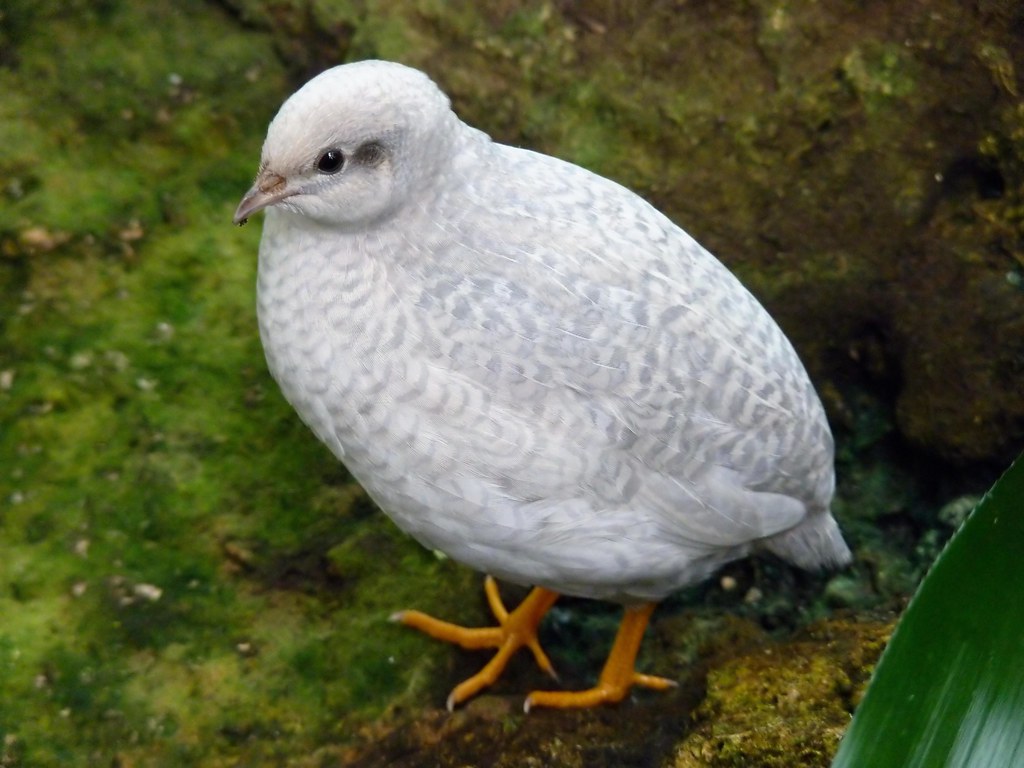

If kept in a meshed or screened enclosure, a solid floor is required as they have delicate feet. Many people choose to keep them indoors in large aquaria, where they pro-vide an attractive natural setting to the aquarium for the quail to explore. “A single pair is quite at home in a cage or terrarium with 20 square inches of floor space.” “Button quail will thrive in small spaces,” Landry says. If you do not have a butterfly con-servatory or aviary, you can still care for Button quail. “The quail never harm the butterflies but control the spread of ground insects.” “Butterfly conservatories frequently use Button quail for this same purpose,” he adds.

He has seen many conservatories and botanical greenhouses keep Button quail for the express purpose of insect control on the floor. Landry says that they are often kept to forage the ground for bird scraps left by other aviary occupants. So while the genus name seems unresolved, at least we have one correct name.īutton quail have long been regarded as suitable scavenger birds in larger avi-aries. “So today some authorities are using the name Synoicus chinensis.” One thing that has not changed is the species name, chinensis. “More recently it has been moved to the genus Synoicus,” he notes. It has been Coturnix chinensis, while other sources refer to it as Excalfactoria chinensis. Landry says the scientific name of these quail has seen many changes through his lifetime. In addition to Button quail, he currently cares for African harlequin quail and various rare color varieties of the domestic Coturnix or Pharaoh quail. He only hatches enough birds to keep his egg production at a good level, since his primary market is selling hatching eggs. He hatches a small number of birds throughout the year to maintain a group of young birds that lay very well. “Button quail are very productive birds and it would be very easy to raise many more than that.”

“It might sound like a lot of birds but it’s not,” he explains. Landry raises, on average, about 300 Button quail per year. Even the smallest and most exotic species fall under the category of poultry. At the age of 15, he began keeping and breeding birds and today he is the owner of Acadiana Aviaries, author of Varieties and Genetics of the Zebra finch, and The Care, Breeding and Genetics of the Button quail.Īnd yes, all types of quail are considered poultry. Garrie Landry, from Franklin, Louisiana, has been raising poultry and cage birds since 1966. Due to its size and care requirements button quail have been an endearing species to aviculturist and poultry keepers for countless generations. There are other larger types of quail that are more popular as culinary birds, although their eggs are healthy and edible. Due to its very small size, this species of quail would not be a suitable choice for the production of eggs or meat. This species of quail is raised primarily for enjoyment as an aviary or pet bird. Button quail, which are also known as Chinese painted quail, Chung-Chi, Asian blue quail or blue- breasted quail, are well, cute as a button! The smallest of the true quail, this species is endemic to Southeast Asia and Australia.


 0 kommentar(er)
0 kommentar(er)
